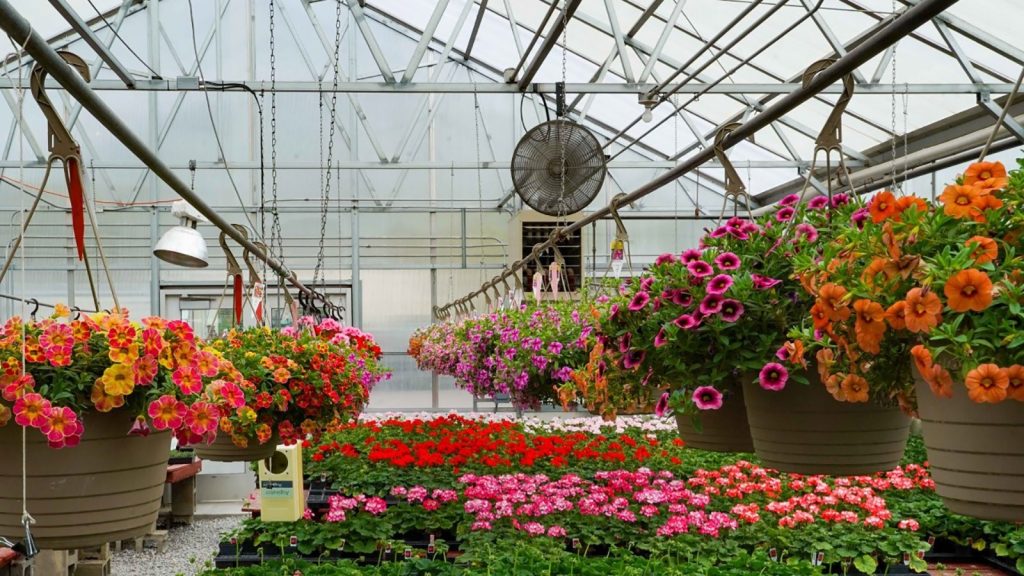Everything You Need To Know About Plant Nursery Design

Plant nursery design is the process of creating a functional and attractive space for growing plants. It involves a range of considerations, including the layout of the nursery, the materials used for construction, and the type of plants that will be grown. In this article, we will explore everything you need to know about the plant nursery design.
- Site Selection
The first step in designing a plant nursery is selecting the site. Ideally, the site should be level, well-drained, and have easy access to water. It should also be located in an area that receives adequate sunlight for the plants that will be grown. Additionally, the site should be easily accessible by road or footpath and have ample space for parking and unloading plant materials.
- Layout and Design
Once the site has been selected, the next step is to design the layout of the nursery. The layout should take into consideration the types of plants that will be grown, the size of the plants, and the amount of space needed for each plant. The design should also take into consideration the needs of workers, such as the need for access to water, tools, and shade.
- Materials and Structures
The materials used in the construction of the nursery will depend on the budget and the needs of the plants. Some common materials include concrete, wood, metal, and plastic. Structures such as greenhouses, shade houses, and hoop houses may also be necessary depending on the plants being grown and the climate of the region.
- Irrigation
Irrigation is an essential component of any plant nursery. The system used will depend on the type of plants being grown and the size of the nursery. Some common irrigation systems of plant stores near me include drip irrigation, sprinkler irrigation, and flood irrigation.
- Lighting
In addition to natural sunlight, artificial lighting may also be necessary for some plant nurseries. This is especially true in regions with limited sunlight or where plants require extended periods of light. High-intensity discharge (HID) lighting and light-emitting diodes (LEDs) are two common types of artificial lighting used in plant nurseries.
- Temperature Control
Temperature control is important in maintaining optimal growing conditions for plants. In colder regions, heating systems may be necessary to maintain temperatures above freezing. In warmer regions, cooling systems such as fans, misting systems, and evaporative coolers may be necessary to maintain optimal temperatures.
- Growing Media
In the flowers shop near me the type of growing media used will depend on the types of plants being grown. Some common types of growing media include soil, peat moss, perlite, vermiculite, and coconut coir. The growing media should be able to hold water and nutrients, while also providing adequate drainage.
- Pest Control
Pest control is an important consideration in any plant nursery. Integrated pest management (IPM) techniques, which use a combination of cultural, biological, and chemical methods, can be effective in controlling pests.
- Fertilization
Fertilization is necessary to provide plants with the nutrients they need to grow. The type of fertilizer used will depend on the type of plants being grown and the soil conditions. Organic fertilizers, such as compost and manure, can be effective in providing nutrients to plants.
- Water Quality
Water quality is an important consideration in any plant nursery. The water used for irrigation should be free of harmful chemicals and minerals that can damage plants. If the water quality is poor, a water treatment system may be necessary to remove contaminants.
- Labor and Management
Finally, the successful operation of a plant nursery requires skilled labor and effective management. Workers should be knowledgeable about the plants being grown and the techniques used in their cultivation.






